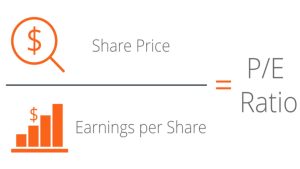The Operating Profit Ratio expresses the amount of profit generated from a business’s activities before taxes and interest costs are deducted. It’s determined by multiplying operating profit by total revenue and presenting the result as a percentage.
Operating profit margin varies by sector and is frequently used as a statistic to compare one business to related firms in the same industry. It will show the industry’s best competitors and point to the need for further analysis into whether a single business is surpassing or sliding behind its competitors.

Operating Profit Ratio Formula
Operating Profit ratio formula = Operating Profit ratio formula/Net sales x 100
Operating Profit = Net profit before taxes + Non-operating expenses – Non-operating incomes
or
Operating Profit = Gross profit + Other Operating Income – Other operating expenses
Net Sales = (Cash sales + Credit sales) – Sales returns
Must Read – How to calculate operating profit ratio?
Limitations of Operating Profit Margin Ratio
Like in any other aspect of financial analysis, it generally requires further investigation to clarify the causes for the amount. Operating profit margin variations among peers can be due to a number of reasons. A business that pursues an outsourcing approach, for example, will record a different profit margin than a business that operates in-house.
When contrasting businesses, the method of depreciation can result in differences in operating profit margins. Even if there is no improvement in performance, an organization that used a double-declining balance depreciation system can report lower profit margins that rise with time.
A business utilizing a straight-line depreciation approach will have a steady margin until any other aspect changes as well.
While using operating profit margin as a comparative metric among rivals, it is best to keep variables like geography, organization size, market, and business model constant. Such performance metrics, like Gross Profit Margin or Net Profit Margin, and several other financial indicators like leverage, efficiency, and market value ratios, should be considered alongside it.



